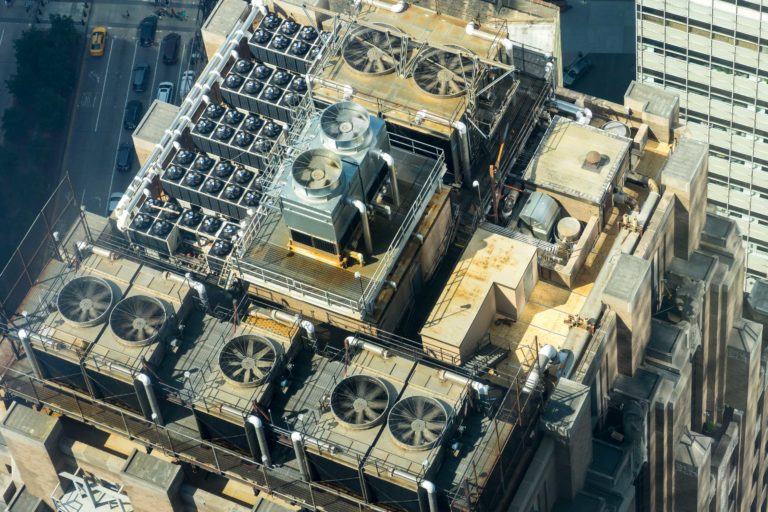Why are our cities warmer than the surrounding regions?

For us humans, the heat of the cities has a direct negative impact on our health: dehydration, heat exhaustion, and heart attacks are becoming more frequent. The consequences of heat especially affect the weaker members of our society, such as the elderly and the children. That’s why we need to provide cooling in our cities.
Natural A/C
There is a simple way to cool the city “naturally”: Trees. On the one hand, they provide pleasant shade in the summer. On the other hand, trees already help to prevent the ambient temperature from heating up so much in the first place. The evaporation of water in the leaves creates a cooling effect. In addition, trees convert CO₂ into oxygen. By binding particulate matter, sulfur and nitrogen oxides, the air we breathe in the city is improved. In short: urban trees are real all-rounders!
The amount of CO₂ bound per tree varies greatly. How much CO₂ a tree binds and how quickly it does so depends on many factors. These include the tree species, the age of the tree, its wood density or growth rate. But external factors such as climate, soil quality or water supply also play a role. Therefore, general statements on this question are difficult. However, it can be assumed that a tree stores 10 kilograms of CO₂ per year. This corresponds to about one third of the daily CO₂ emissions of an average German citizen.
Trees have a positive effect not only on our physical condition through the cooling effect and purification of the air, but also on our psyche. Studies show that people living in green streets experience less depression, feel less stress, suffer less from cardiovascular diseases and have an active lifestyle. Another very interesting finding is that urban greenery also correlates with lower crime rates.
So all in all, trees have a positive impact on our everyday lives. However, our “all-rounders” don’t have an easy time thriving in cities: CO₂, particulate matter, radiant heat, construction work, road salt, car tires and ground work damage the root system; dust and air pollutants take their toll on the leaves. Added to this are heavy rains, violent storms blowing through the streets, and nonnative pests.




